Churches 🢔 Religious architecture 🢔 Architectural wonders 🢔 Categories of wonders
Wonder
Saint Mary Church of the Holy Belt and the underground church
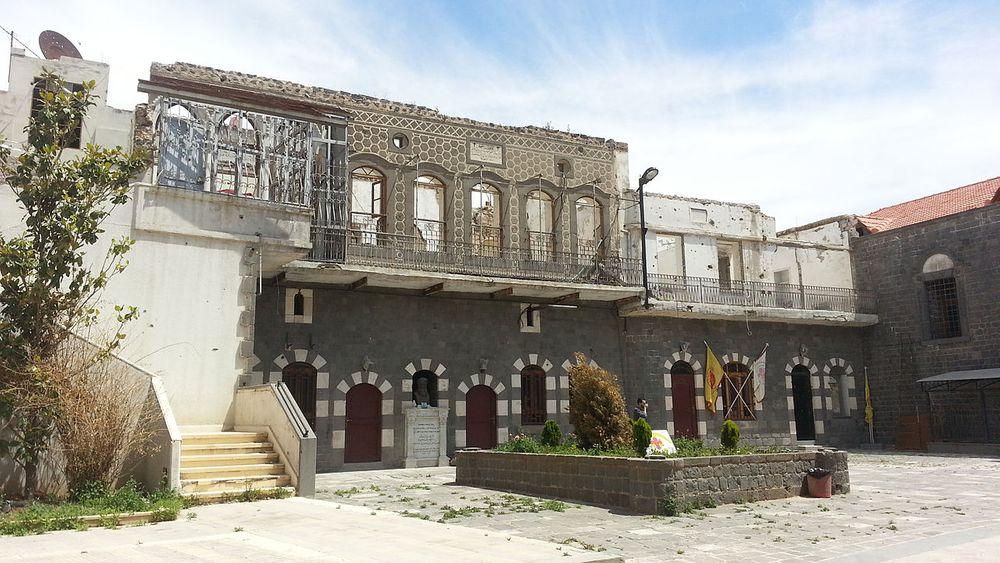
 In short
In short
We may never learn if this is true or not – but people in Homs believe that an underground room under the Saint Mary Church of the Holy Belt in Homs is the oldest church in the world. It, reportedly, was built in 59 AD.
 43.8%
43.8%
GPS coordinates
Name in Arabic
Alternate names
Year of constructio
Map of the site
If you see this after your page is loaded completely, leafletJS files are missing.
 In detail
In detail
Early history – legend about Saint Thomas and Virgin May
The ancient city of Homs exists for at least four thousand years. In the city and its vicinities have been registered more than 5000 sites of archaeological importance – here is enough work for many generations of archaeologists!
One of the most important sites though is in the center of the Old City. Here flows a sacred spring, which now is deep under the ground, at the depth of some 20 m. Up to this day, the spring is revered by Christians and Muslims alike.
According to a Christian legend one of the apostles – Saint Thomas – did not believe in the resurrection of the Virgin Mary. The mother of Jesus then let fall a piece of her belt in the hands of Saint Thomas. Of course, now the resurrection was more than convincing in the eyes of Saint Thomas.
The life of Saint Thomas was adventurous. He, reportedly, preached in India, creating the roots of the present-day Saint Thomas Christianity in Kerala, India. The relic – piece of the belt of Mary was kept in India until 394 – then it was brought to Urfa (Edessa) in present-day Turkey. As the persecutions of Christians started there, the belt was brought to Homs. Here the life of Christians was peaceful in these times.
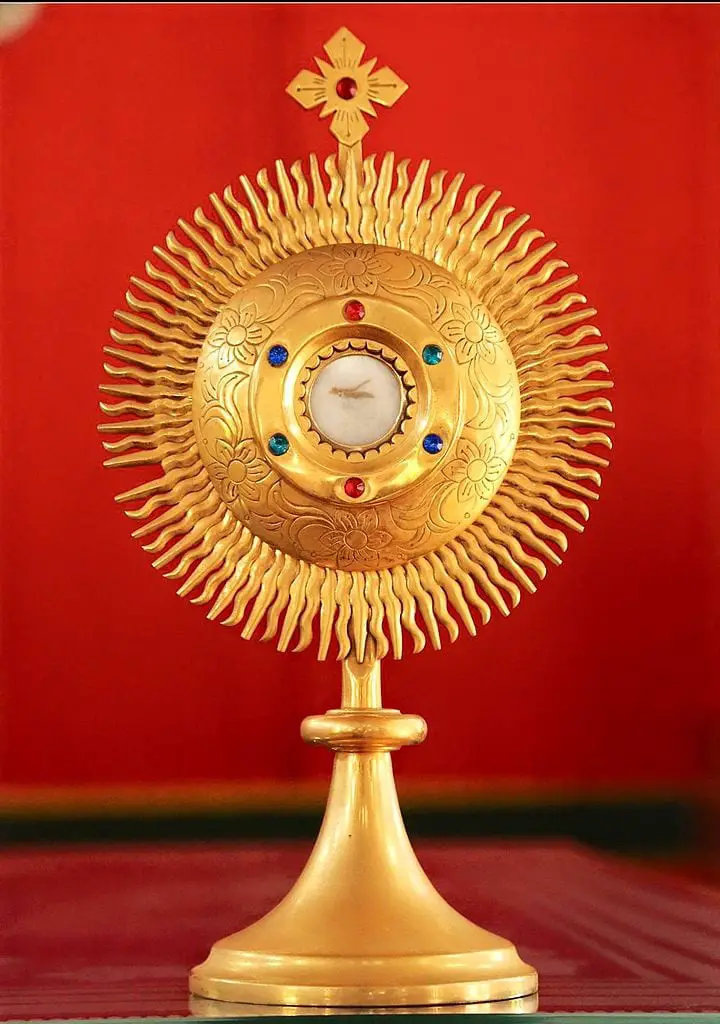
This legend has many variations – some tell that the belt was brought to Homs much earlier by the disciple of Saint Thomas much earlier, around 59 AD and then an oratory was built around it. Now the place is underground as the ground in the city has raised over the millennia.
Other researchers though consider that the first church here was built much later – “only” in 592 AD or later.
19th – 20th centuries
The current church was built in 1852 on the Byzantine foundations of the earlier church. It was built from dark basalt stones and has 16 massive columns. Over the central part of the building rises a dome.
Extensive rebuilding was done one century later, in 1953 – 1954, when the church was also extended to the west. Works were organized by Ignatius Aphrem I Barsoum, Syriac Orthodox Patriarch of Antioch and the head of Syriac Orthodox Church in 1933 – 1957. This man had a deep interest in the history of the Syriac Church.
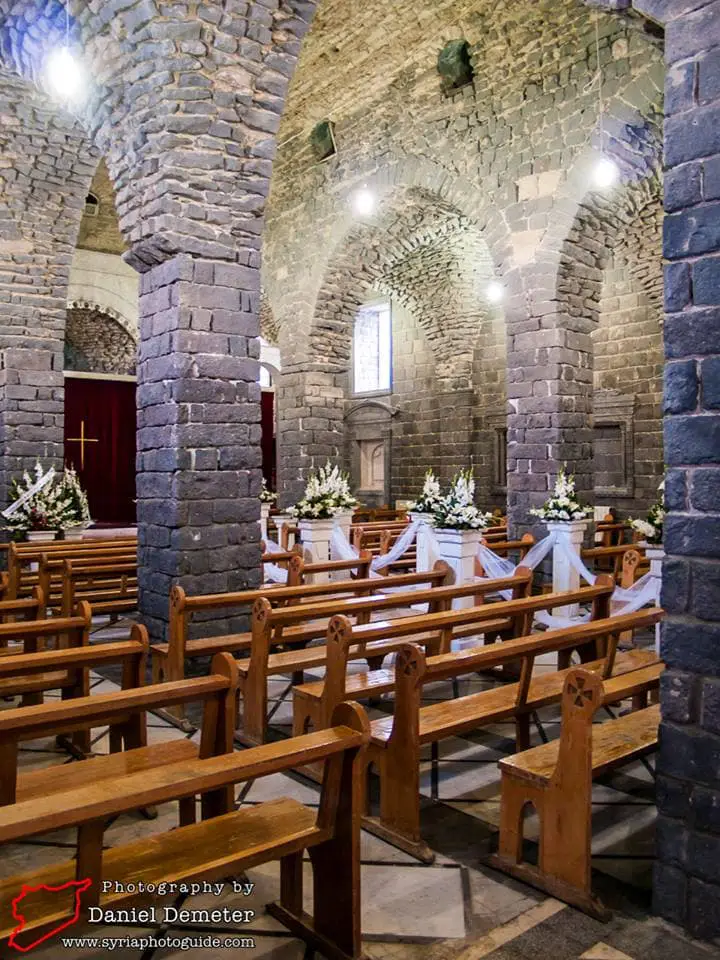
During the reconstruction, a piece of very old fabric from Roman times was found at the ancient altar. It was assumed that this is the valuable relic of the church – the piece of the belt of Mary.
This increased the fame of the church and it became an important pilgrimage center.
21st century
Christians of Homs tried their best to be outside the civil war which started to ravage Syria in 2011 – but without success. Many rebels hid in the church and it was repeatedly attacked by government security forces in 2011 – 2012. In May 2012 there was a fire in the church and it was vandalized. Happily, many relics were saved including the belt of Mary.
The church was heavily damaged and its desecration caused much outrage. Most of the Christians fled from the city but many soon returned. Relics were returned to the church in August 2014 and with a huge involvement of locals, the repairs were made fast.
The war continues but Saint Mary Church of the Holy Belt operates again. In September each year, a procession with the Holy Girdle takes place in the Old City. Aramaic language still is used in gospels and some tell that a calm humming sound is heard in the church all the time. War is terrible but people have persisted and raised their church again and again.
References
- Diana Darke, The Merchant of Syria: A History of Survival, 2018, ISBN:9780190874858. Accessed on 25th May 2019
 Linked articles
Linked articles
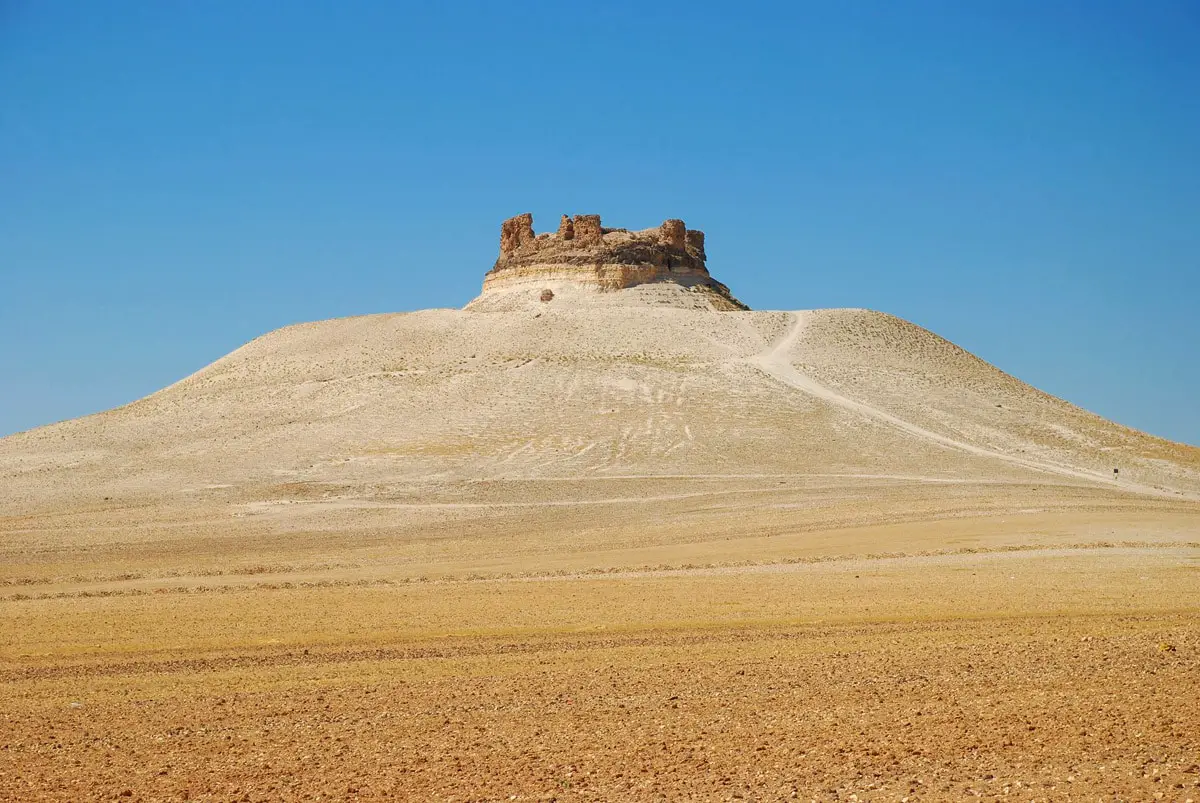
Wonders of Syria
The sands in Syria most likely hide many secrets that one day will tell how civilization started on Earth. Throughout millennia in this country appeared and disappeared many cities, some persist up to this day, some are in ruins but many are covered with sand. Here are found some of the oldest fortifications, palaces, castles, and some of the oldest Christian churches.
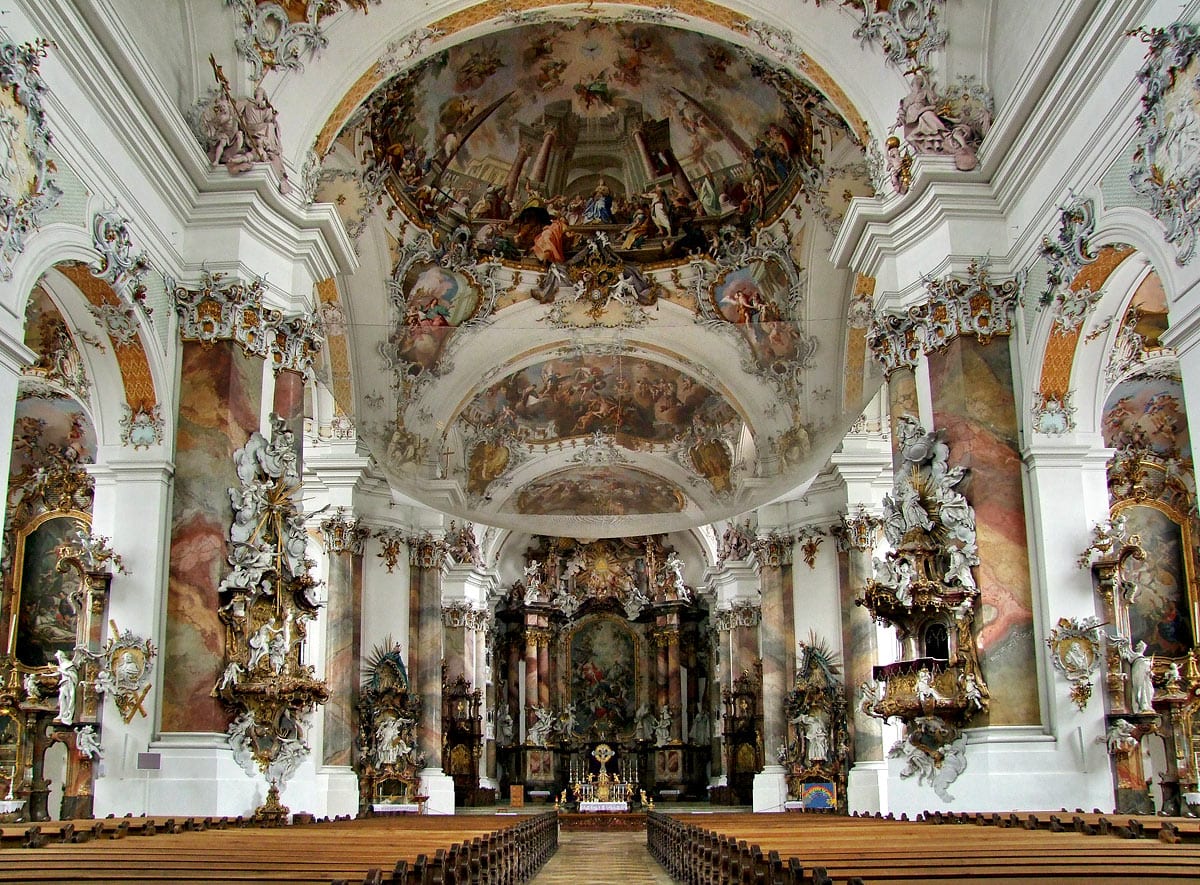
Churches
Throughout the millennia Christian churches have been the epitome of architecture and arts achievements in Western culture.

Wonders of Asia
Any other continent (and part of the world) seems small if compared to Asia. This refers also to natural and man-made heritage: in Asia are not just thousands of great landmarks, there are found landmarks created by thousands of diverse cultures from ancient Phoenicians to the mysterious small people in the Philippines and eastern islands of Indonesia.
 Recommended books
Recommended books
The Concise Encyclopedia of Orthodox Christianity
An outstanding reference work providing an accessible English language account of the key historical, liturgical, doctrinal features of Eastern Orthodoxy, including the Non-Chalcedonian churches.
The Lost History of Christianity
In this groundbreaking book, renowned religion scholar Philip Jenkins offers a lost history, revealing that for centuries Christianity’s center existed to the east of the Roman Empire.


